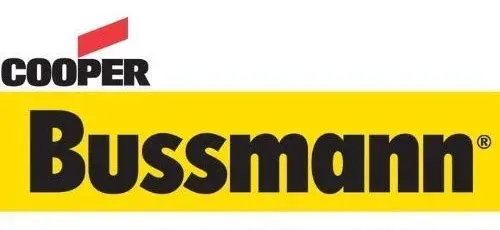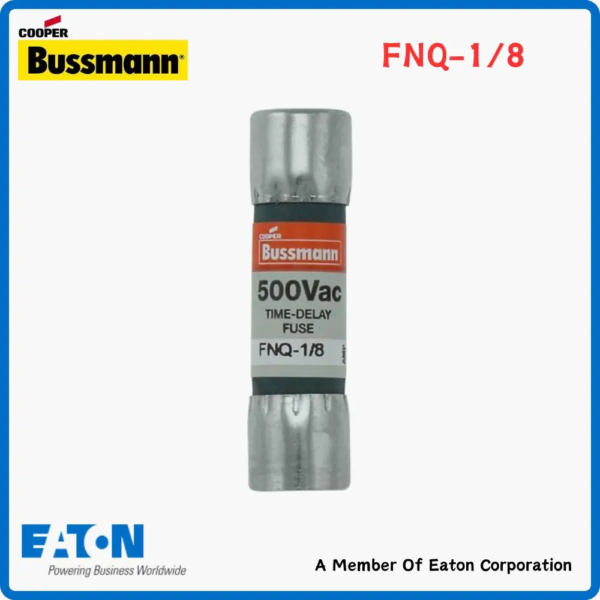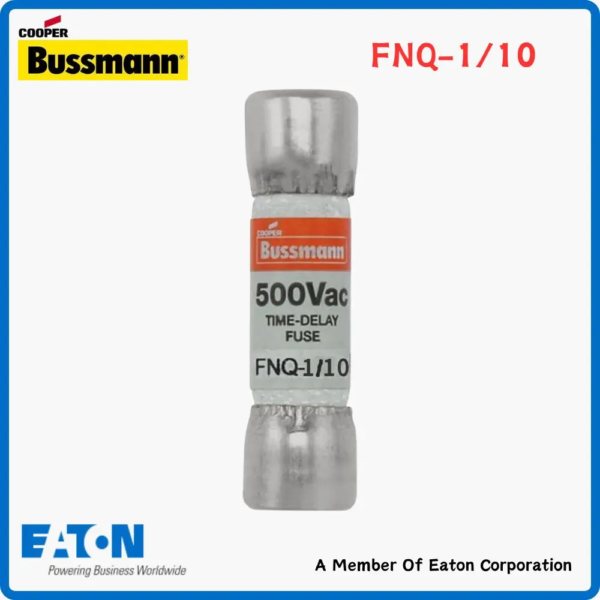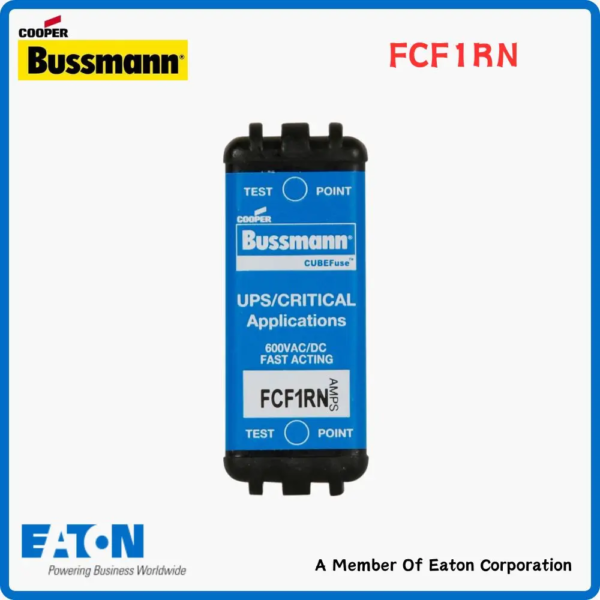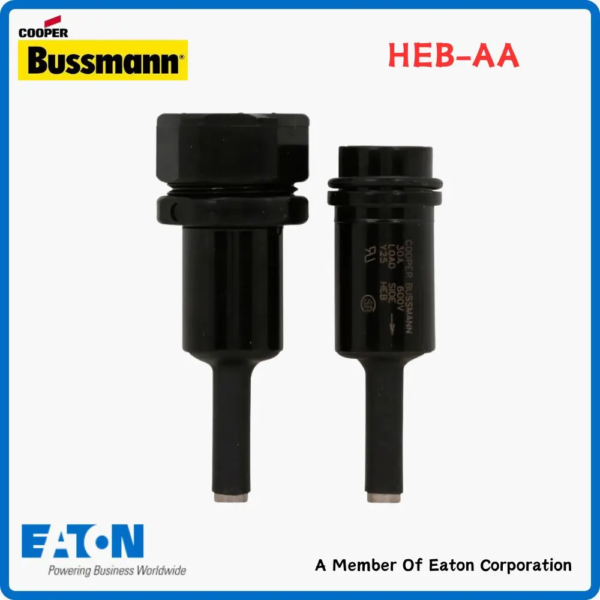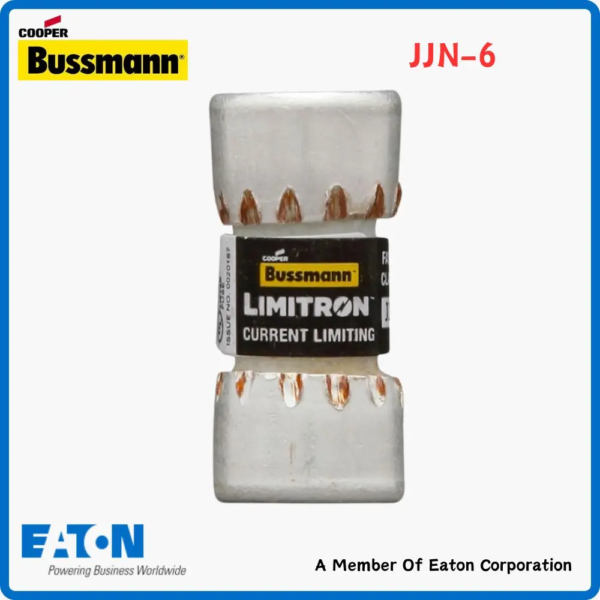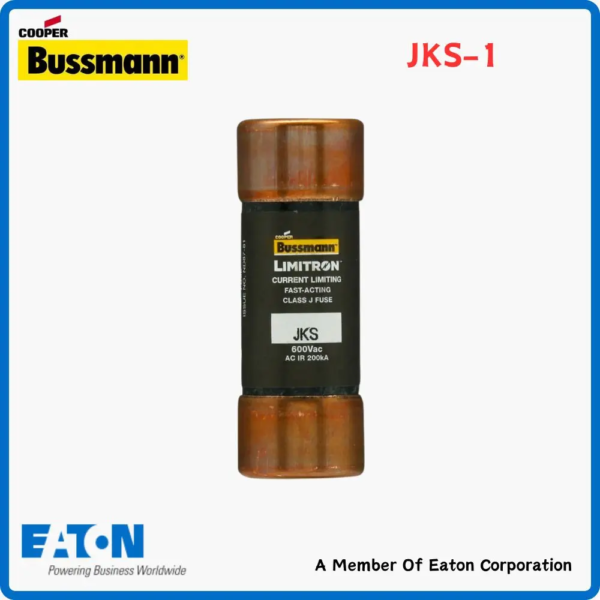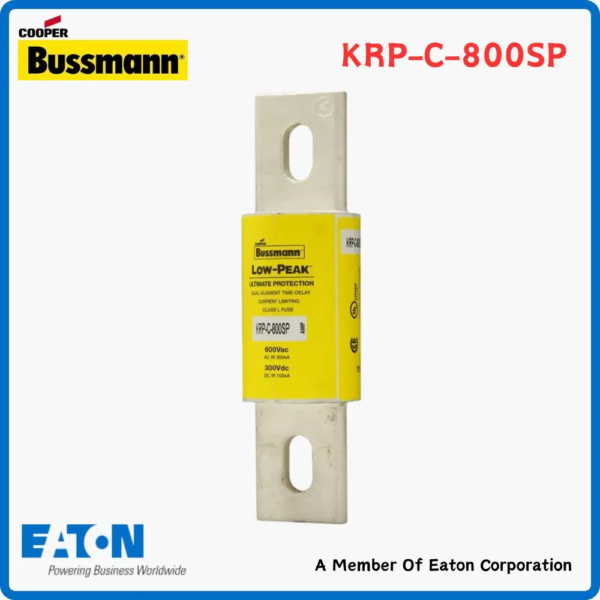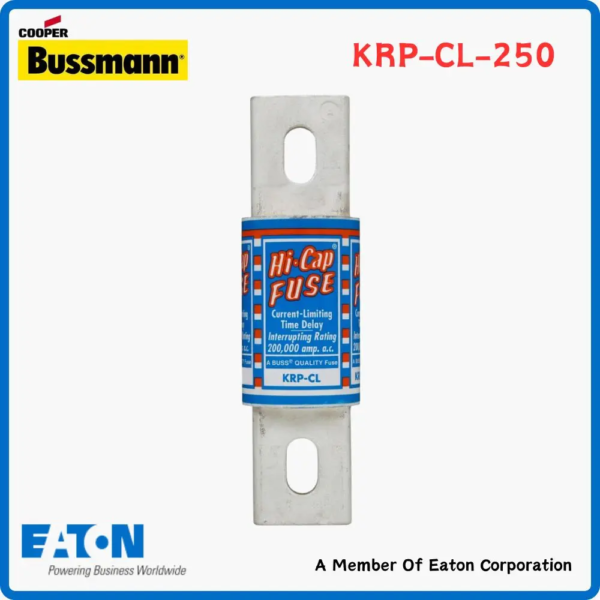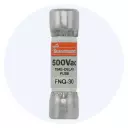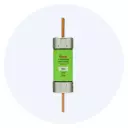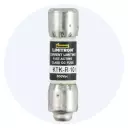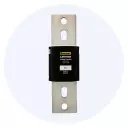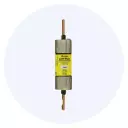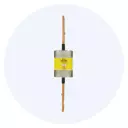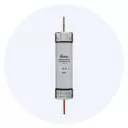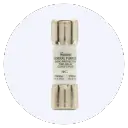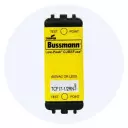Bussmann FNQ Fuses
“Eaton Bussmann Series UL Class CF, FCF 1RN Fuse” has been added to your cart. View cartEaton Bussmann FNQ-1/8 Low Voltage Fuse
Rated 5.00 out of 5In stock
$16.74EachSKU: FNQ-1/8Weight 0.175 lbs Dimensions 0.01138889 × 0.01138889 × 0.04166667 yd Brand Eaton Bussmann
Eaton-Bussmann, with its headquarters in St. Louis, Missouri, is a division of Eaton Corporation that specializes in the production of circuit protection products. These products are designed for use in the electrical, electronic, and automotive industries, both domestically and on a global scale. The company boasts a strong manufacturing network with facilities located in three domestic and six international locations, reflecting its commitment to serving customers worldwide. With a team of approximately 3,000 employees, Eaton-Bussmann is well-positioned to meet the ever-evolving needs of its customers in the electrical protection industry.
Eaton stands as a forward-thinking leader in power management, focused on enhancing lifestyles and safeguarding the planet. Leveraging the worldwide momentum of electrification and digital innovation, they propel the global shift towards renewable energy, addressing pressing power management issues on a global scale.Product type Low Voltage Fuse
Voltage 500 Volt
Eaton Bussmann FNQ-R-1/10 Low Voltage Fuse
Rated 5.00 out of 5In stock
$11.33EachSKU: FNQ-R-1/10Weight 0.175 lbs Dimensions 0.01138889 × 0.01138889 × 0.04166667 yd Brand Eaton Bussmann
Eaton-Bussmann, with its headquarters in St. Louis, Missouri, is a division of Eaton Corporation that specializes in the production of circuit protection products. These products are designed for use in the electrical, electronic, and automotive industries, both domestically and on a global scale. The company boasts a strong manufacturing network with facilities located in three domestic and six international locations, reflecting its commitment to serving customers worldwide. With a team of approximately 3,000 employees, Eaton-Bussmann is well-positioned to meet the ever-evolving needs of its customers in the electrical protection industry.
Eaton stands as a forward-thinking leader in power management, focused on enhancing lifestyles and safeguarding the planet. Leveraging the worldwide momentum of electrification and digital innovation, they propel the global shift towards renewable energy, addressing pressing power management issues on a global scale.Product type Low Voltage Fuse
Voltage 500 Volt
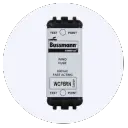 Bussmann WCF Fuses
Bussmann WCF Fuses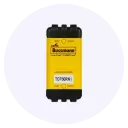 Bussmann FCF Fuses
Bussmann FCF Fuses
Eaton Bussmann Series UL Class CF, FCF 1RN Fuse
Rated 5.00 out of 5In stock
$79.99SKU: FCF1RNBrand Eaton Bussmann
Eaton-Bussmann, with its headquarters in St. Louis, Missouri, is a division of Eaton Corporation that specializes in the production of circuit protection products. These products are designed for use in the electrical, electronic, and automotive industries, both domestically and on a global scale. The company boasts a strong manufacturing network with facilities located in three domestic and six international locations, reflecting its commitment to serving customers worldwide. With a team of approximately 3,000 employees, Eaton-Bussmann is well-positioned to meet the ever-evolving needs of its customers in the electrical protection industry.
Eaton stands as a forward-thinking leader in power management, focused on enhancing lifestyles and safeguarding the planet. Leveraging the worldwide momentum of electrification and digital innovation, they propel the global shift towards renewable energy, addressing pressing power management issues on a global scale.Product type Fuse
Voltage 600 Volt
 Bussmann FRS Fuses
Bussmann FRS Fuses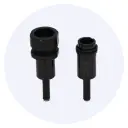 Bussmann HEB-AA Fuse
Bussmann HEB-AA Fuse
Eaton Bussmann HEB-AA Inline Fuse Holder
Rated 5.00 out of 5In stock
$18.99SKU: 504-HEB-AA-2Brand Eaton Bussmann
Eaton-Bussmann, with its headquarters in St. Louis, Missouri, is a division of Eaton Corporation that specializes in the production of circuit protection products. These products are designed for use in the electrical, electronic, and automotive industries, both domestically and on a global scale. The company boasts a strong manufacturing network with facilities located in three domestic and six international locations, reflecting its commitment to serving customers worldwide. With a team of approximately 3,000 employees, Eaton-Bussmann is well-positioned to meet the ever-evolving needs of its customers in the electrical protection industry.
Eaton stands as a forward-thinking leader in power management, focused on enhancing lifestyles and safeguarding the planet. Leveraging the worldwide momentum of electrification and digital innovation, they propel the global shift towards renewable energy, addressing pressing power management issues on a global scale.Product type Fuse
Voltage 600 Volt
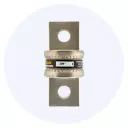 Bussmann JJN Fuses
Bussmann JJN Fuses
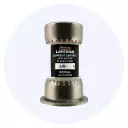 Bussmann JJS Fuses
Bussmann JJS Fuses
 Bussmann JKS Fuses
Bussmann JKS Fuses
Eaton Bussmann Fuse JKS-1 Low Voltage Fuse
Rated 5.00 out of 5In stock
$13.99SKU: JKS-1Brand Eaton Bussmann
Eaton-Bussmann, with its headquarters in St. Louis, Missouri, is a division of Eaton Corporation that specializes in the production of circuit protection products. These products are designed for use in the electrical, electronic, and automotive industries, both domestically and on a global scale. The company boasts a strong manufacturing network with facilities located in three domestic and six international locations, reflecting its commitment to serving customers worldwide. With a team of approximately 3,000 employees, Eaton-Bussmann is well-positioned to meet the ever-evolving needs of its customers in the electrical protection industry.
Eaton stands as a forward-thinking leader in power management, focused on enhancing lifestyles and safeguarding the planet. Leveraging the worldwide momentum of electrification and digital innovation, they propel the global shift towards renewable energy, addressing pressing power management issues on a global scale.Product type Low Voltage Fuse
Voltage 600 Volt
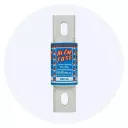 Bussmann KRP Fuses
Bussmann KRP Fuses
Eaton-Bussmann Fuse Configuration Changes Explained
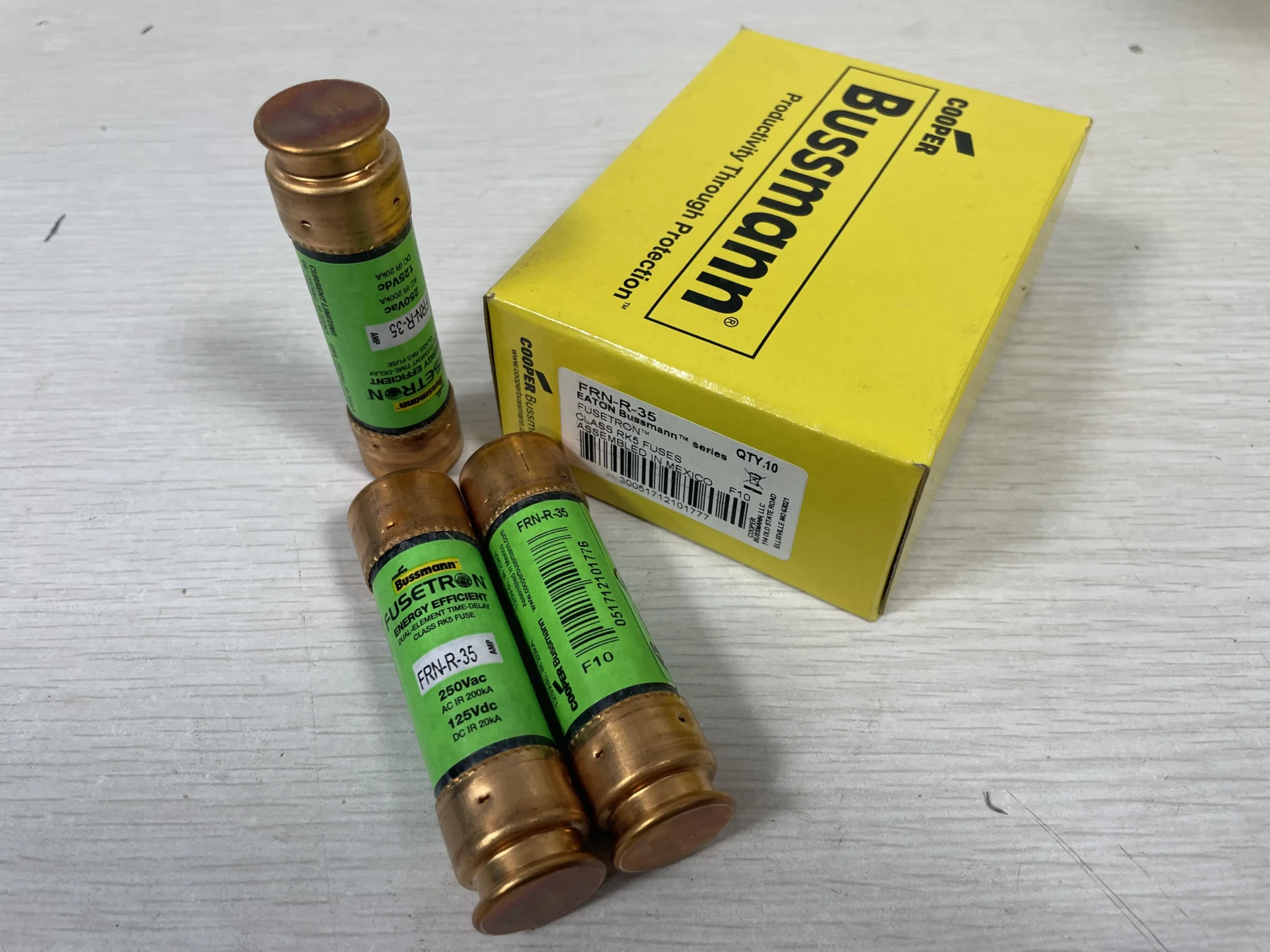
Eaton Bussmann is a renowned name in the field of power management, dedicated to providing innovative solutions for circuit protection and motor control. As a leading distributor of Eaton Bussmann products, we specialize in offering high-quality overcurrent and overvoltage protection products that safeguard circuits from damage. Our extensive range of products caters to diverse industries, including power, electronics, transportation, and more.
One of the key aspects of our offerings is the Eaton-Bussmann fuse configuration, which plays a vital role in ensuring the reliable operation of electrical systems. A fuse is an essential component that protects a circuit from overcurrent conditions, preventing damage to equipment and reducing the risk of electrical fires. In this article, we will delve into the Eaton-Bussmann fuse configuration changes, exploring the product parameters, specifications, uses, and precautions associated with these critical components.
Product Parameters and Specifications
Eaton-Bussmann fuses are designed to meet specific standards, including North American fast-blow fuses, IEC standard fuses, American standard cylindrical fuses, and European standard square fast-blow fuses. These fuses are available in various ratings, including UL/CSA certified low-voltage fuses, miniature low-voltage fuses, and fuse holders. Each type of fuse has its unique characteristics, such as current rating, voltage rating, and response time, which are crucial in determining the suitable fuse for a particular application.
For instance, the North American fast-blow fuses are designed to interrupt currents quickly, typically within 10-15 milliseconds, making them suitable for applications where fast response times are critical. In contrast, the IEC standard fuses have a slower response time, typically within 100-200 milliseconds, which makes them more suitable for applications where a slower response time is acceptable.
Uses and Applications
Eaton-Bussmann fuses are widely used in various industries, including:
- Power Generation and Distribution: Fuses are used to protect power generation and distribution equipment, such as transformers, switchgear, and circuit breakers.
- Electronics: Fuses are used in electronic devices, such as computers, televisions, and audio equipment, to protect against overcurrent conditions.
- Transportation: Fuses are used in automotive and aerospace applications, such as low-voltage distribution boxes, video control systems, and remote monitoring systems.
- Industrial Control: Fuses are used in industrial control systems, such as motor control centers, to protect against overcurrent conditions.
Precautions and Safety Considerations
When working with Eaton-Bussmann fuses, it is essential to follow proper safety precautions to prevent electrical shocks, injuries, and equipment damage. Some key precautions include:
- Proper Fuse Selection: Ensure that the fuse selected is suitable for the specific application, taking into account the current rating, voltage rating, and response time.
- Regular Maintenance: Regularly inspect and maintain fuses to ensure they are functioning correctly and not damaged.
- Proper Installation: Ensure that fuses are installed correctly, following the manufacturer’s instructions and industry standards.
- Safety Equipment: Use proper safety equipment, such as insulated tools and personal protective equipment, when working with electrical systems.
Configuration Changes Explained
Eaton-Bussmann fuse configuration changes refer to the process of selecting and installing the correct fuse for a specific application. This involves considering various factors, such as current rating, voltage rating, response time, and environmental conditions. The configuration changes may involve:
- Upgrading or Downgrading Fuses: Changing the fuse rating to match the specific requirements of the application.
- Changing Fuse Types: Switching from one type of fuse to another, such as from a fast-blow fuse to a slow-blow fuse.
- Adding or Removing Fuses: Adding or removing fuses from a circuit to ensure proper protection and functionality.
In conclusion, Eaton-Bussmann fuse configuration changes are critical in ensuring the reliable operation of electrical systems. By understanding the product parameters, specifications, uses, and precautions associated with these components, users can make informed decisions when selecting and installing fuses for their specific applications. As a leading distributor of Eaton Bussmann products, we provide expert guidance and support to help customers navigate the complex world of circuit protection and motor control. Whether you are looking to upgrade, downgrade, or change your fuse configuration, our team of experts is here to help you make the right decisions for your business.
